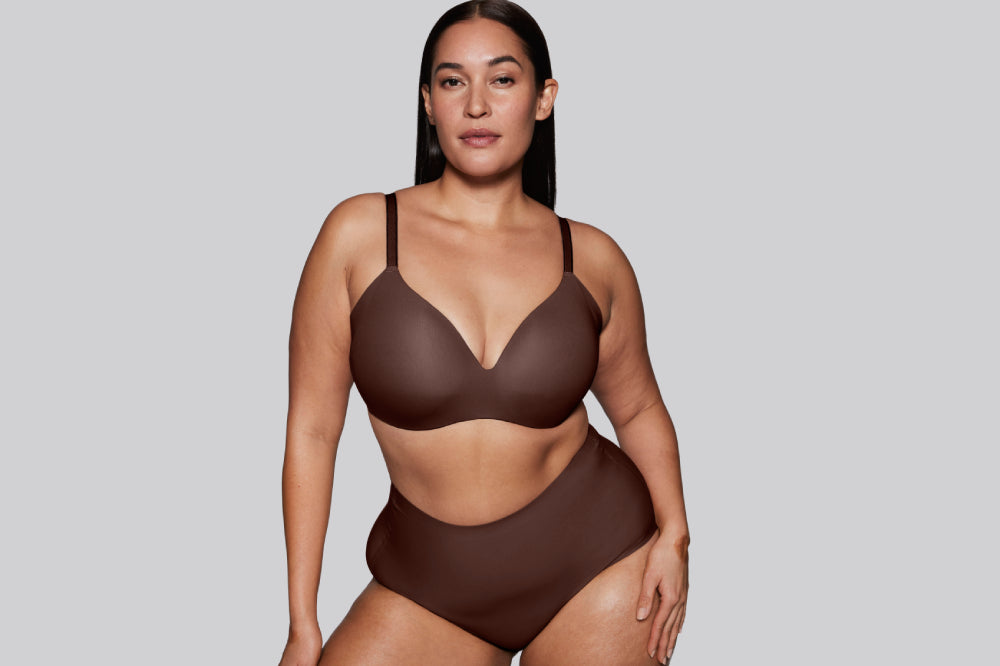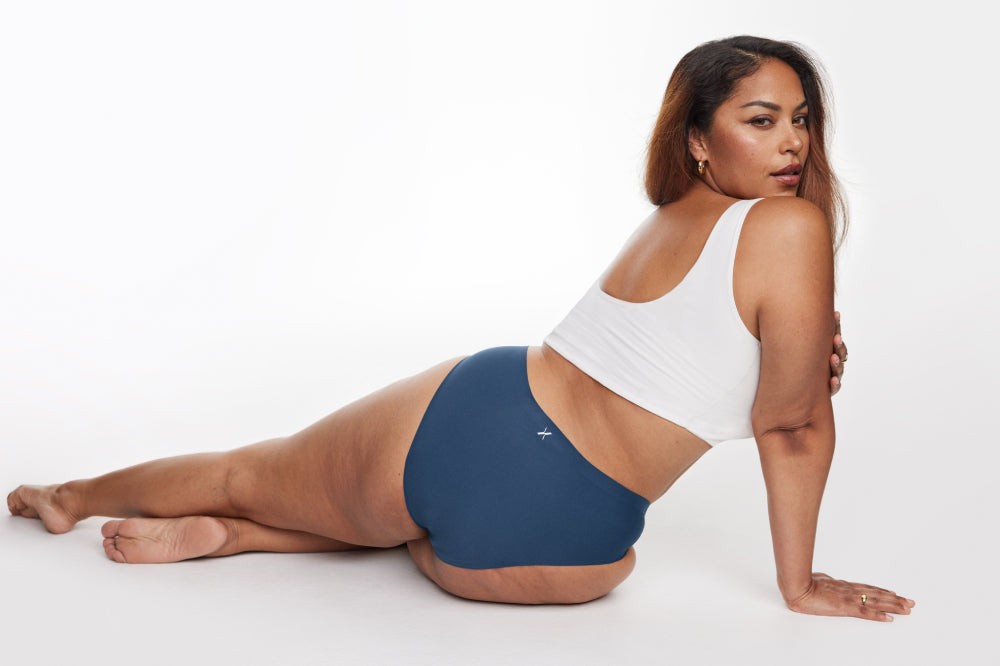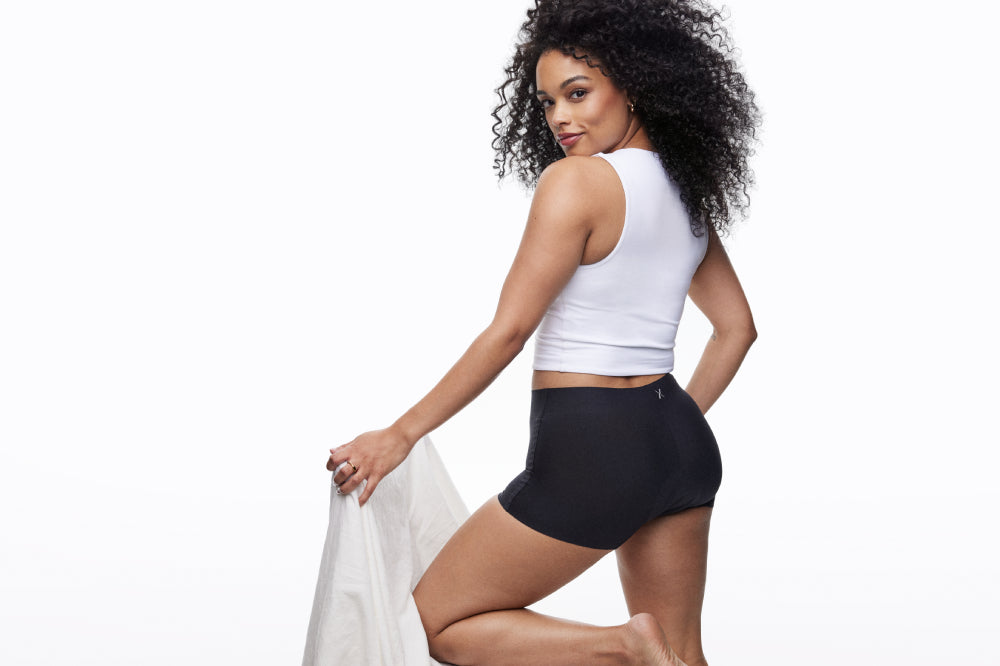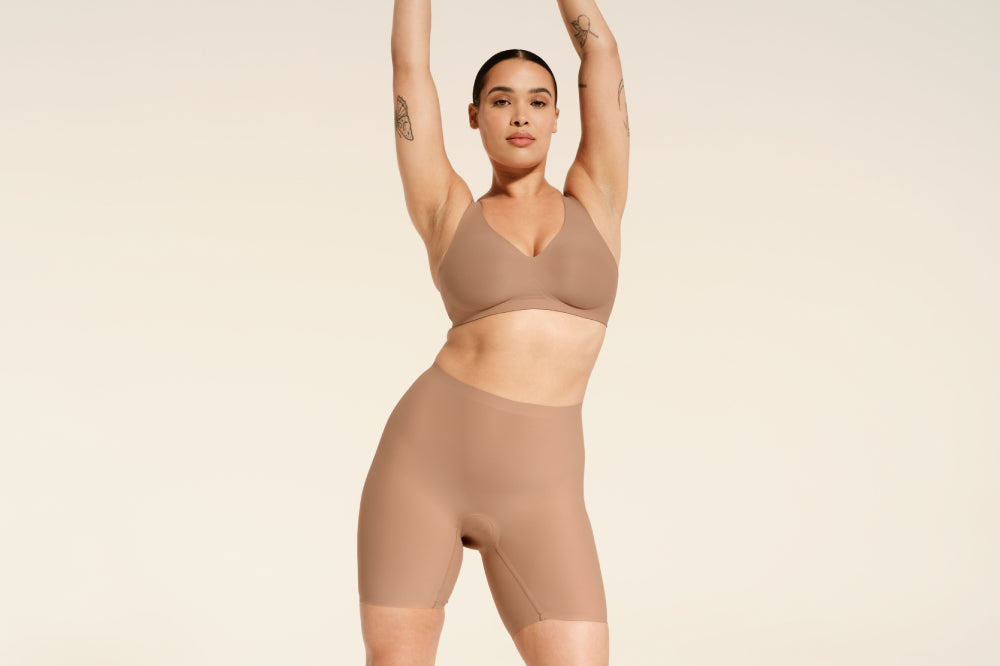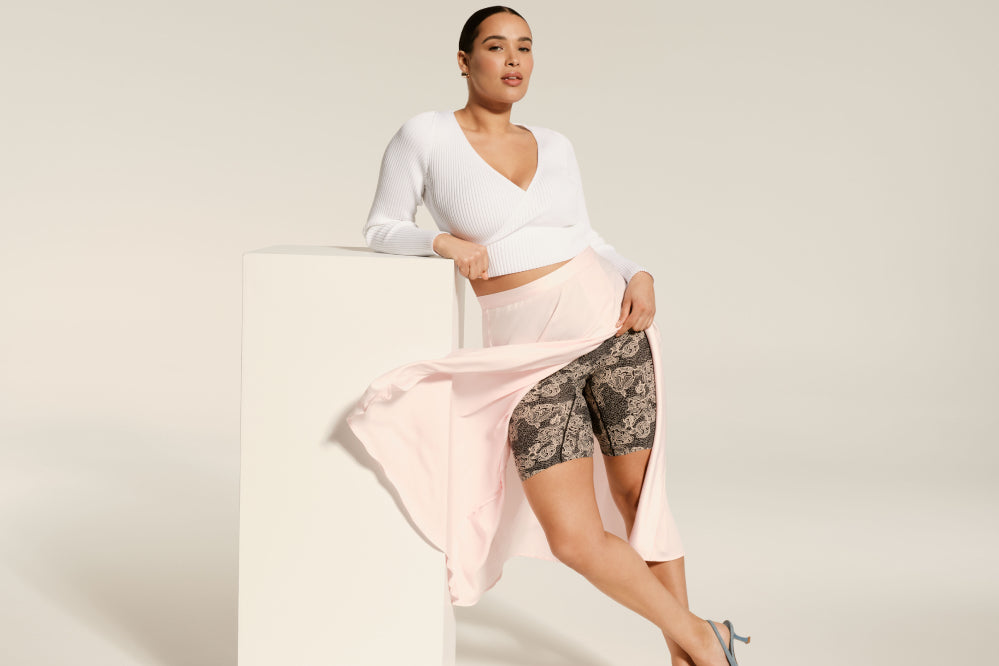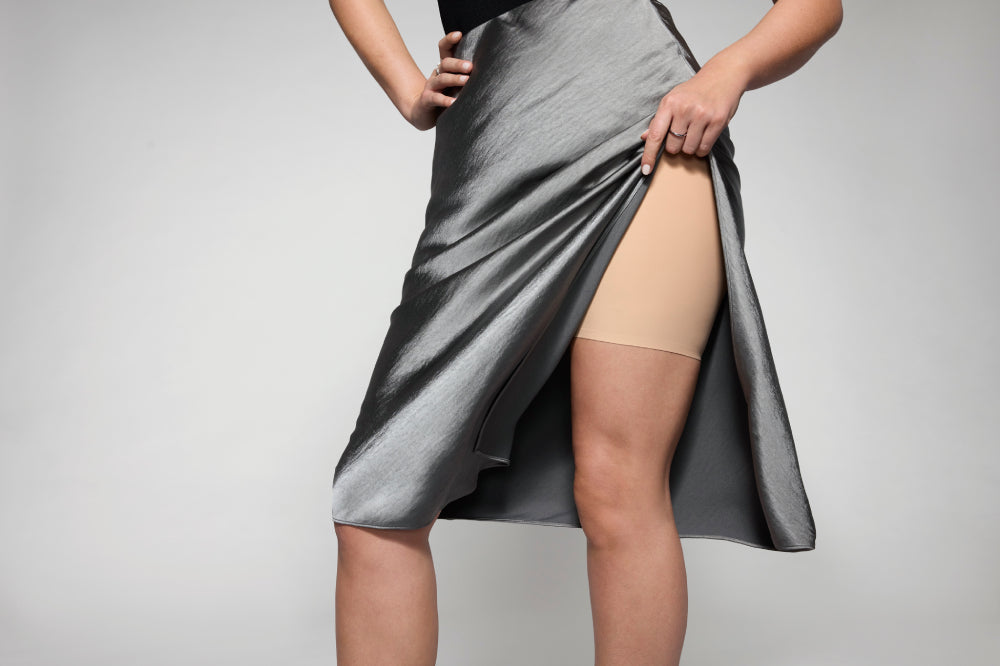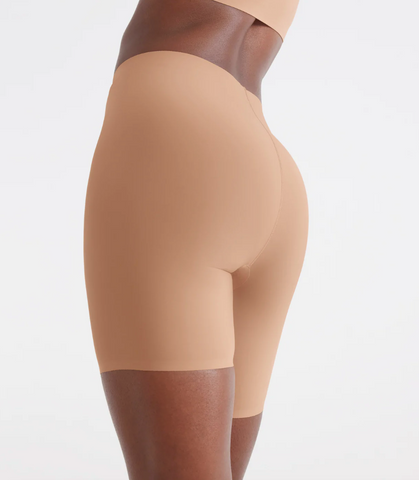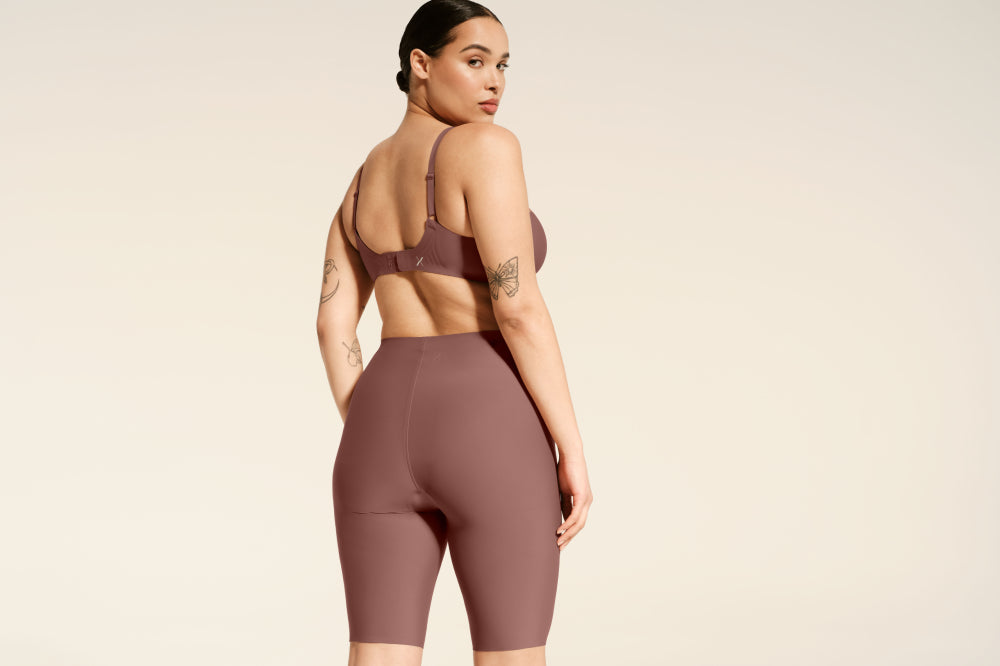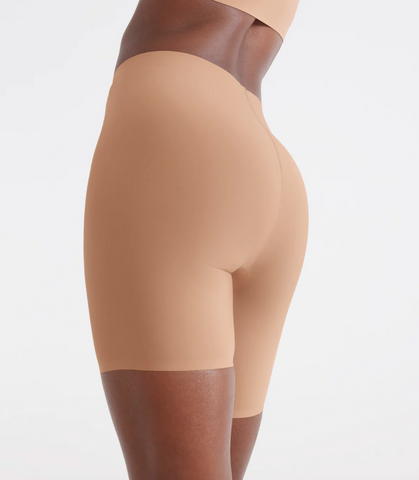Kegel exercises are broadly praised for offering numerous benefits. And yet, many women remain in the dark about what they are, how to do them, and if they’re really necessary.
Indeed, many of us may think that they’re something for pregnant women or women recovering from childbirth. Or that ‘women of a certain age’ should do pelvic floor exercises for incontinence.
Beyond its postpartum and urinary incontinence benefits, doing Kegel exercises (a form of pelvic floor exercise) can help just about anyone strengthen their pelvic muscles.
Benefits of Kegel Exercises for Pelvic Organs
Kegel exercises focus on strengthening the pelvic floor muscles. It's important to strengthen the pelvic floor muscles as they do an important job; they support the bladder, bowels, and reproductive organs.
Like any exercise, you must do Kegel exercises regularly (ideally, daily) to see the following pelvic floor muscle benefits. But if you follow a dedicated regime of doing Kegel exercises, you’ll see they help with:
1. Maintaining the Strength of Pelvic Floor Muscles
Just like any muscle, your pelvic floor muscles can become weaker over time, as you age. They can also be weakened by trauma, like childbirth or surgery.
If you break your leg, you’re likely to go through physiotherapy to strengthen your leg and eventually return to exercise. The same goes for pelvic floor muscles—they need both care when injured and a maintenance regime to stay strong.
2. Urinary Incontinence
In particular, doing pelvic floor exercises regularly can help prevent urinary incontinence that is caused by weak pelvic floor muscles (particularly stress incontinence or mixed—the 2 most common kinds).
If you already suffer from incontinence and don’t do Kegel exercises, your doctor will likely recommend you start as part of your treatment plan. We've also got you covered with our incontinence underwear while you exercise.
3. Preventing Involuntary Passing of Gas or Fecal Incontinence
Since the pelvic floor muscles hold and support the bowel as well as the bladder, keeping them strong by doing Kegels also helps prevent health conditions such as fecal incontinence (a.k.a. bowel incontinence; involuntary bowel movements) or uncontrollable gas.
4. Pelvic Organ Prolapse
About one third of women are affected by prolapse or similar conditions in their lifetime. Pelvic organ prolapse may occur when the pelvic floor muscles can no longer support the pelvic organs (i.e., the bladder, uterus, vagina, small bowel, and rectum).
5. Orgasm Improvement
Kegel exercises can also enhance your sexual health by helping you control your vaginal muscles, which allows your vagina to contract with ease and improves sexual function.
Moreover, the exercises increase blood circulation in the pelvic area, which may increase arousal as well as strengthen pelvic muscles and support pelvic organs.
Things to Watch Out for When Doing Kegel Exercises
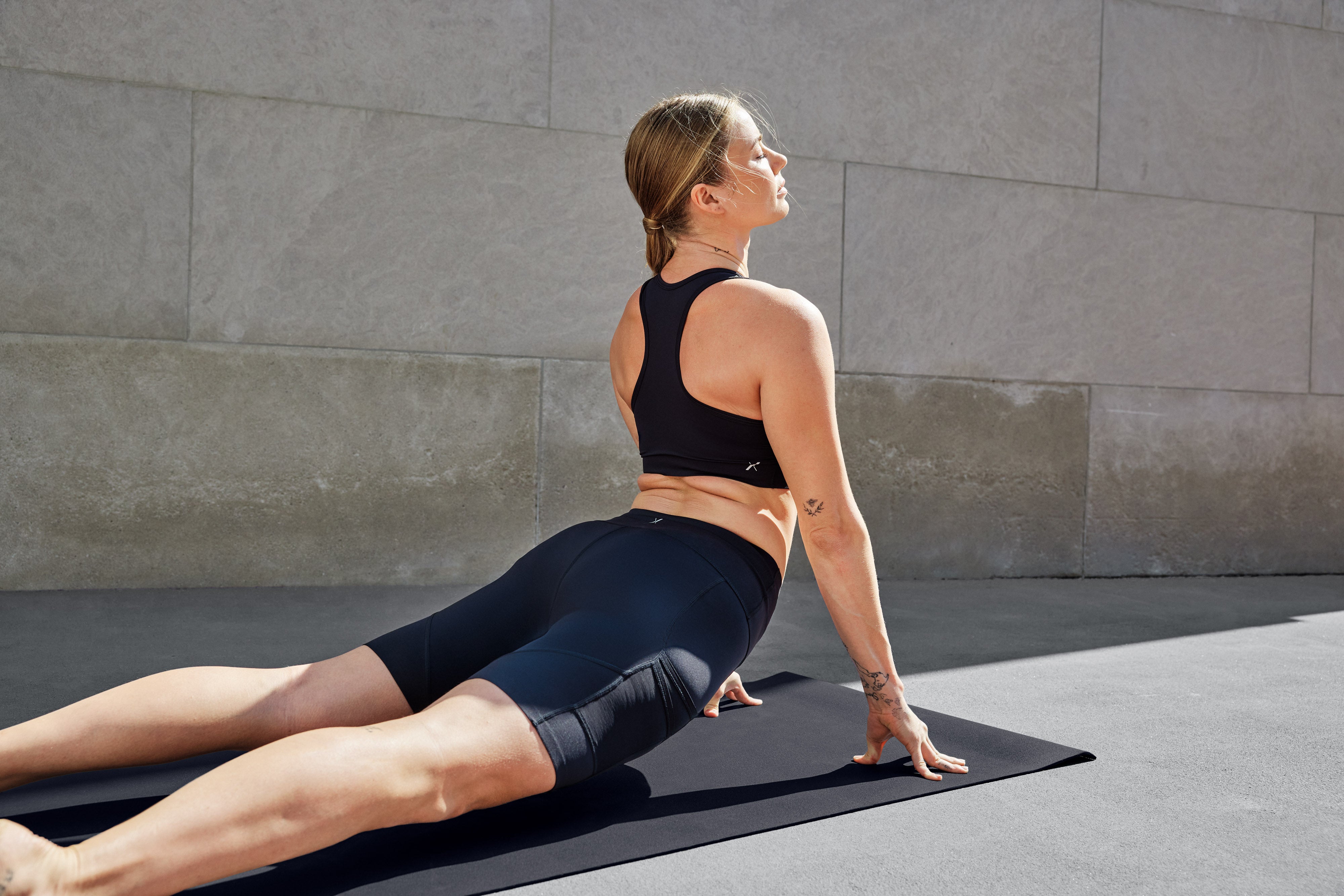
With the above benefits to pelvic health, it may seem like a no-brainer to start doing Kegel exercises regularly. And indeed, most women would benefit from these exercises—don't wait to experience something like bladder leaks to motivate you to strengthen your pelvic floor.
Like all exercises, your muscles do not transform overnight. This is about sure and steady repetition, consistently doing Kegel exercises is key.
That said, there are some things to be aware of before you jump right in, namely:
Stop if you experience pain: Kegel exercises are not the kind of exercise where you should “feel the burn” or “push through the pain.” Make an appointment with your doctor or healthcare provider to discuss further if you experience pelvic pain.
You shouldn’t flex other muscles or strain: It’s important to know how to do Kegel exercises before you start (like most exercises, you’ll see the best results if you’re performing them properly and gradually increase the intensity).
It’s especially important to note that your inner thighs, butt, and abdomen should stay relaxed when you do Kegel exercises. Moreover, you should not strain in any way when doing Kegel exercises. Straining can have a counterproductive result, adding pressure to the muscles instead of strengthening them.
Don’t do Kegel exercises by stopping urine mid-stream: Most of us have heard that we use our pelvic floor muscles to stop peeing mid-stream. This has led some women to believe that’s a good time to practice Kegel exercises.
In fact, doing this regularly can disrupt your ability to urinate and have the opposite effect—weakening your pelvic floor muscles. This is because when you urinate, your brain sends a message to your bladder to loosen the muscles to allow the urine stream to evacuate from the body. By holding it in, you’re interrupting that natural process.
Ask for help: If you’re having trouble locating the correct muscles or are unsure you’re doing Kegel exercises right, you should absolutely ask for help from a physical therapist or another health care professional.
Especially if you’re recovering from surgery, childbirth, or another trauma, it can be difficult to engage the appropriate muscles. Most of us have to learn to correctly lift weights at the gym. This is no different. So don’t leave it to guesswork; seek help!
How to Do Pelvic Floor Muscle Exercises (Kegel Exercises)
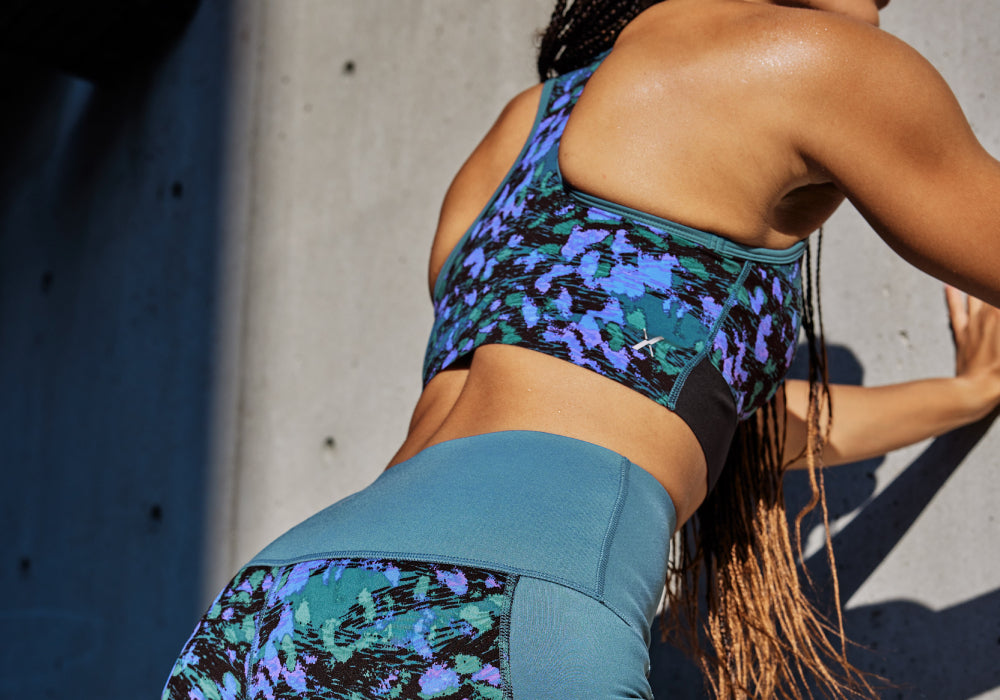
Step 1: Identify the Right Pelvic Muscles
The first step is to know which muscles you’re exercising. Your abdomen, buttocks, and legs should remain relaxed when you’re doing pelvic floor exercises.
One trick to help you locate the right muscles is to stop urinating mid-stream. The muscles you use to do this are your pelvic floor muscles. Become familiar with how these muscles feel when they contract and relax. (Important: You should not make a habit of stopping urine flow in this manner, just do it once or twice to help you understand the muscles that come into play).
Different techniques for finding the right muscles include:
- Imagine you’re tightening your vagina around a tampon.
- Imagine you’re lifting a tissue off the ground from the middle part of tissue
- Insert a finger into your vagina, then contract your pelvic floor muscles around it. You should feel your vagina tighten and your pelvic floor move upward. (Though, be sure to wash your hands before attempting this.)
- Pretend you are trying to avoid passing gas.
If you’re still not sure you’ve located the correct muscles, don’t hesitate to ask your doctor for help. They may suggest pelvic floor physical therapy, vaginal weighted cones, a pressure sensor, biofeedback, or other treatments to help.
Step 2: Breathe Freely and Repeat
Now that you have identified the right muscles, you can focus on your routine to strengthen them and gain greater control.
Inhale through your nose. When you inhale, your pelvic floor will naturally relax.
Now, contract your pelvic floor muscles as you start to exhale slowly.
Hold the contraction for 3–6 seconds. You might feel the muscles start to tire.
Relax for the same (or more) time you held your contraction. It’s important to relax between pelvic muscle contractions.
Repeat 10 times.
Step 3: Build Up Your Frequency
Like any exercise program, you’ll get stronger over time. You may find it difficult to reach 10 Kegels initially, but you can build up to that.
Eventually, you’ll want to do 1 set of 10 Kegels, 2 or 3 times a day. Space out the timing so you give yourself a chance to recover and don’t rush the exercises, especially at the beginning.
For continued benefits, make your Kegel exercises a permanent part of your daily routine. Once you get the hang of it, it’s easy to exercise correctly. But it’s also easy to forget! Set yourself a little reminder to do your 2–3 sets of Kegels a day.
Sources:
https://www.healthline.com/health/kegel-exercises#purpose
https://www.healthline.com/health/fitness-exercise/pelvic-floor-exercises
https://my.clevelandclinic.org/health/body/22729-pelvic-floor-muscles
—
We hope you found this post informative — but remember: we’re not doctors and this post is not medical advice! While all posts are fact-checked and well researched, we always recommend you chat with your doctor about any questions or concerns you might have regarding a medical condition. We’re here to support and educate, but never with the aim of disregarding professional medical advice you’ve been given. Phew, now that that’s out of the way, you can go on living unapologetically free.
]]>
